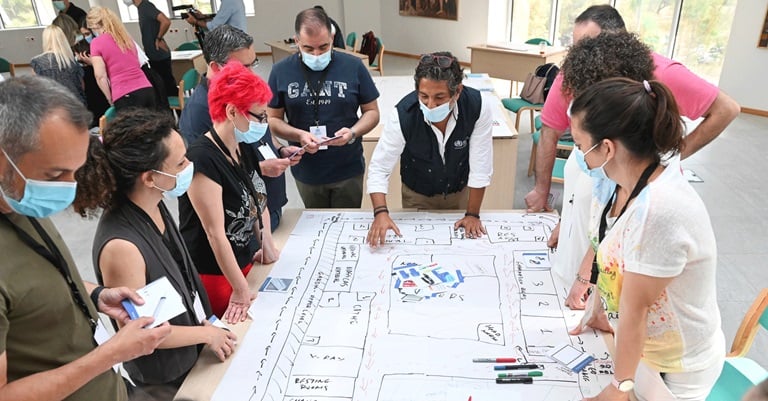

Compendium of WHO and other UN guidance on health and environment

Guidance on climate change and health
Climate change impacts health directly due to extreme weather events. Extreme heat, rising sea levels, floods, extreme precipitation, droughts, and storms are increasingly frequent and lead to tens of thousands of deaths every year, mainly in low- and middle-income countries. Indirect effects of climate change result for example from food and water insecurity, increasing transmission of vector- and water-borne diseases, the disruption of the health care system and water and sanitation supplies, increased health inequality, and displacement/migration of communities.
Main contributors to global climate change are fossil fuel combustion and industrial processes but also agriculture, deforestation and other land-use changes, transportation and building energy use. In addition, the health sector is a significant contributor to global carbon dioxide emissions (2014 data).
All people are exposed to the hazardous effects of climate change but some groups are particularly vulnerable such as people living in small island nations and other coastal regions, megacities, and mountainous and polar regions. Other vulnerable groups include children, older people and those with underlying health conditions, especially those living in low-income countries.
Download the guidance on climate change and health
Read more
Read health topics

